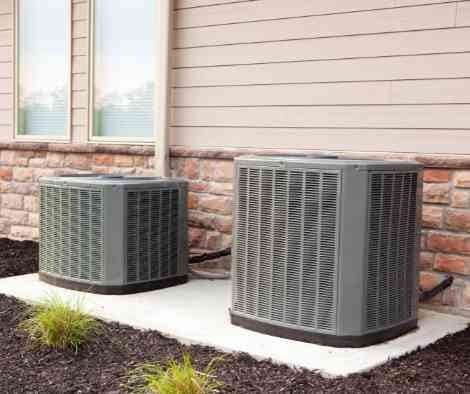520-629-9676
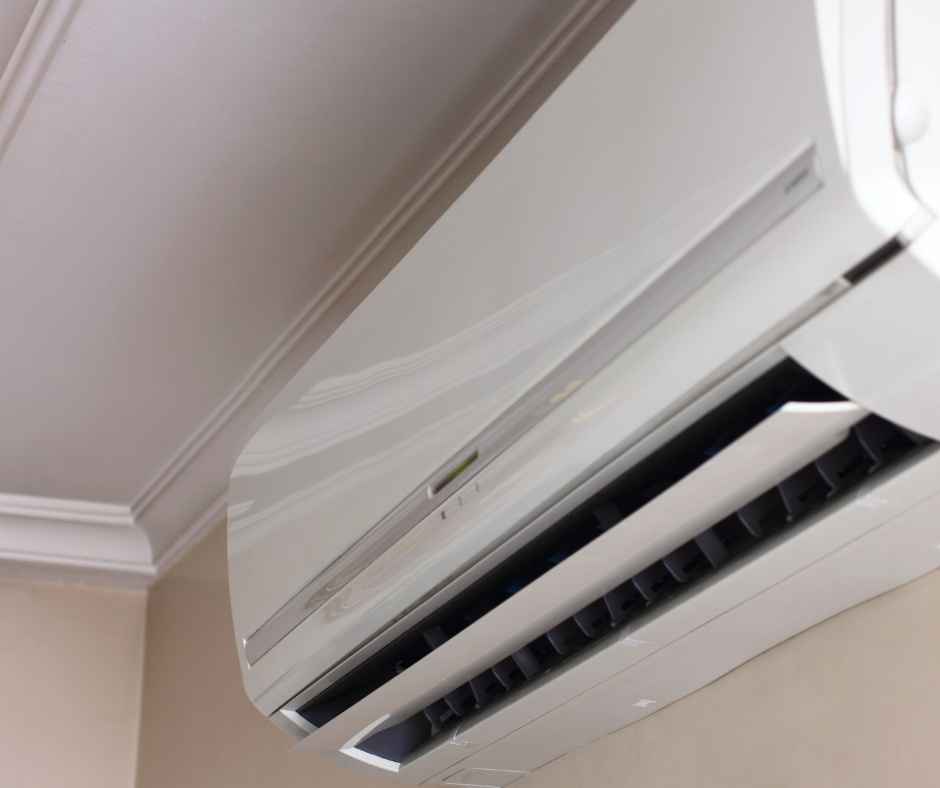
Ductless Mini-Split vs Central AC — Which Saves More in 115°F Heat?
When Tucson’s summer temperatures climb past 115°F, cooling your home isn’t just about comfort—it’s survival. But keeping your house cool in this desert heat can send your energy bills soaring, especially if your HVAC system isn’t built for extreme conditions. Many homeowners struggle with one question: should you rely on a traditional central air conditioner or switch to a ductless mini-split system to beat the heat?
Both systems are designed to keep your home comfortable, yet they work in very different ways. More importantly, each system affects your long-term energy costs differently, especially during peak summer heatwaves. Choosing the wrong option could leave you with high bills and uneven cooling throughout your home.
In this blog, we’ll compare ductless mini-splits and central AC systems side by side. You’ll learn how each works, what they cost to operate in Tucson’s brutal heat, and most importantly, which one can save you more when summer temperatures refuse to drop.
Why Cooling Efficiency Matters in Tucson’s Extreme Heat
Tucson summers aren’t just hot—they’re relentless. Day after day of 110°F to 115°F heat places serious demands on your home’s cooling system. In these conditions, your HVAC doesn’t just run harder; it runs almost constantly, pushing energy consumption and utility bills higher with every passing hour.
The longer your cooling system runs, the more energy it consumes—and in Tucson’s peak summer, that could mean 12 to 16 hours of runtime daily. That’s why energy efficiency becomes a critical factor. The system you choose can significantly affect how much you pay to stay comfortable.
Beyond personal costs, inefficient cooling strains Tucson’s electrical grid, especially during peak demand periods. An efficient air conditioning system not only helps your wallet but also supports grid stability during extreme heat events.
Whether you’re installing a new system or upgrading an older one, choosing energy-efficient cooling is no longer optional—it’s essential for both comfort and cost control during Tucson’s hottest months.
How Ductless Mini-Split Systems Work
Ductless mini-split systems are becoming a popular choice for Tucson homeowners seeking targeted, energy-efficient cooling. Unlike traditional central AC systems, mini-splits don’t rely on ductwork to distribute air. Instead, they consist of an outdoor condenser and one or more indoor air handlers mounted directly in the rooms you want to cool.
These indoor units cool specific areas—called zones—allowing you to control temperatures room by room. This zoned cooling approach not only increases comfort but also reduces energy waste. You’re no longer cooling the entire house when only one or two rooms are occupied, which can lead to significant energy savings, especially during extreme desert heat.
Another benefit of ductless mini-splits is their high SEER (Seasonal Energy Efficiency Ratio) ratings. Many systems exceed SEER 20, meaning they deliver more cooling output per unit of energy consumed compared to older central AC systems. Since mini-splits avoid ductwork, there’s no energy loss through leaky ducts—something that can account for up to 30% of energy waste in traditional systems.
However, mini-splits may not be ideal for every home. For large houses requiring whole-home cooling, installing multiple air handlers in each room can become costly. Still, for smaller homes, additions, or targeted cooling needs, ductless systems offer powerful savings potential in Tucson’s extreme temperatures.
How Central AC Systems Work
Central air conditioning remains the most common cooling solution for Tucson homes, especially those built with existing ductwork. A central AC system uses a single outdoor condenser connected to a centralized indoor air handler. This handler distributes cooled air throughout your home via a network of ducts and vents, delivering consistent temperatures across multiple rooms simultaneously.
One of the key advantages of central AC is its ability to cool large spaces efficiently. For whole-home coverage, especially in multi-room or multi-story houses, a central system ensures balanced cooling without the need for multiple individual units. Many modern central AC systems also feature high SEER ratings, helping improve energy efficiency compared to older models.
However, central AC systems come with some hidden inefficiencies, especially in extreme heat. Ductwork can account for significant energy loss, particularly if the ducts are poorly sealed or uninsulated. Air can escape through leaks before it even reaches your living spaces, making your system work harder during Tucson’s hottest months.
Additionally, central systems cool the entire home at once, even when you only need cooling in select rooms. This all-or-nothing approach can lead to higher energy consumption compared to systems that allow zoned cooling.
In short, while central AC offers reliable whole-home comfort, it may not always provide the most energy-efficient solution when cooling demands peak in Tucson’s intense summer heat.
Ductless Mini-Split vs Central AC: Which Saves More in 115°F Heat?
When it comes to cutting cooling costs in Tucson’s blistering summers, understanding how ductless mini-splits and central AC systems compare is crucial. Both can cool your home, but their energy usage and long-term savings differ significantly.
Energy Efficiency Comparison
Ductless mini-split systems generally win the efficiency battle. Many mini-splits carry SEER ratings of 20 or higher, compared to most central AC units that average between 14 and 18 SEER. Higher SEER ratings mean better energy performance, especially during long runtime periods in extreme heat.
Another advantage? Mini-splits bypass ductwork entirely. Duct leakage in central AC systems can waste up to 30% of conditioned air before it reaches your living spaces. With mini-splits, every bit of cooled air goes directly where you need it.
In addition, mini-splits allow zoned cooling, so you’re only using energy in occupied areas. Central AC systems cool the entire home all at once, which often means cooling empty rooms unnecessarily.
Installation & Upfront Costs
At first glance, central AC may appear more affordable, especially if your home already has ductwork. A full ductless mini-split setup typically costs more per zone or per room, particularly in larger homes where multiple indoor units are needed.
- Ductless Mini-Split Installation: $4,000 – $8,000 per zone, depending on home layout.
- Central AC Installation: $6,000 – $12,000 for a whole-home system, assuming existing ducts are in good condition.
That said, homeowners without ductwork can avoid the high cost of new ducts by choosing mini-splits.
Operating Costs in Extreme Heat
Mini-splits typically cost less to operate when used as zoned cooling. If you’re cooling a few rooms selectively, ductless systems can dramatically reduce your monthly bills. However, if you run multiple mini-split units constantly to cool an entire large home, the savings advantage can shrink.
Central AC systems, while less efficient in partial-load scenarios, may be more cost-effective when cooling a whole house continuously, particularly in large homes with well-sealed ducts.
Bottom Line:
- For zoned cooling in smaller homes or specific areas: Mini-splits save more.
- For consistent whole-home cooling in larger spaces: Central AC may prove more practical.
Which Cooling System is Best for Your Tucson Home?
Choosing between a ductless mini-split and a central AC system largely depends on your home’s size, layout, and cooling habits. There’s no universal answer—each system offers advantages based on how you use your space during Tucson’s extreme summer heat.
Ductless mini-splits are ideal for smaller homes, apartments, home additions, or households that want precise, zoned control. If you spend most of your time in just a few rooms, mini-splits can save significant energy by cooling only the spaces you use. They’re also a smart choice for homes without existing ductwork, eliminating the cost and energy loss associated with ducts.
Central AC systems are often a better choice for larger homes or families needing whole-house cooling all day. If your home already has ductwork in good condition, a modern central AC system can provide even, consistent cooling without requiring multiple indoor units. For those who value streamlined, whole-home comfort without managing separate zones, central AC remains a reliable option.
Ultimately, every Tucson home is unique. A professional HVAC consultation can help assess your home’s layout, duct condition, insulation quality, and daily cooling needs to recommend the most energy-efficient system tailored to your situation.
Tips to Maximize Cooling Efficiency in 115°F Heat
Whether you choose a ductless mini-split or a central AC system, how you operate and maintain your system can dramatically impact your energy bills—especially during Tucson’s extreme summer temperatures. These simple steps help any cooling system run more efficiently:
- Seal and Insulate Ductwork (for Central AC): Prevent energy loss by sealing leaks and adding insulation to exposed ducts, especially in attics or crawl spaces.
- Use Programmable or Smart Thermostats: Automate temperature adjustments to avoid overcooling when you’re away, reducing unnecessary energy use.
- Clean or Replace Filters Regularly: Dirty filters restrict airflow and force your system to work harder. Clean or replace filters every 1-2 months during heavy use.
- Clear Outdoor Units: Keep outdoor condensers free from dust, debris, and vegetation to maintain proper airflow and efficient operation.
- Run Ceiling Fans: Supplement your cooling system with ceiling fans to circulate cooled air and help rooms feel cooler at higher thermostat settings.
- Schedule Professional Maintenance: Annual HVAC inspections ensure both ductless mini-splits and central AC systems perform efficiently, even in 115°F heat.
By following these best practices, Tucson homeowners can reduce strain on their cooling systems, extend their lifespan, and maximize energy savings, no matter which system they choose.
Beat the Tucson Heat With the Right Cooling System
Tucson’s extreme summer heat demands a cooling system that’s not just powerful, but efficient. Whether you choose a ductless mini-split for zoned comfort or stick with a central AC system for whole-home cooling, the key is selecting the solution that fits your home and your lifestyle.
Ductless mini-splits shine in smaller homes and for targeted cooling, offering excellent energy savings when used wisely. Central AC systems deliver consistent comfort across larger homes but may sacrifice some efficiency, especially if ductwork isn’t properly sealed. In both cases, proper maintenance and smart usage play a big role in managing energy costs.
Not sure which system is right for your home? Contact Russett Southwest today. Our cooling experts will evaluate your home, recommend the best solution, and help you stay cool while keeping your energy bills in check, even when temperatures hit 115°F.
Recent News
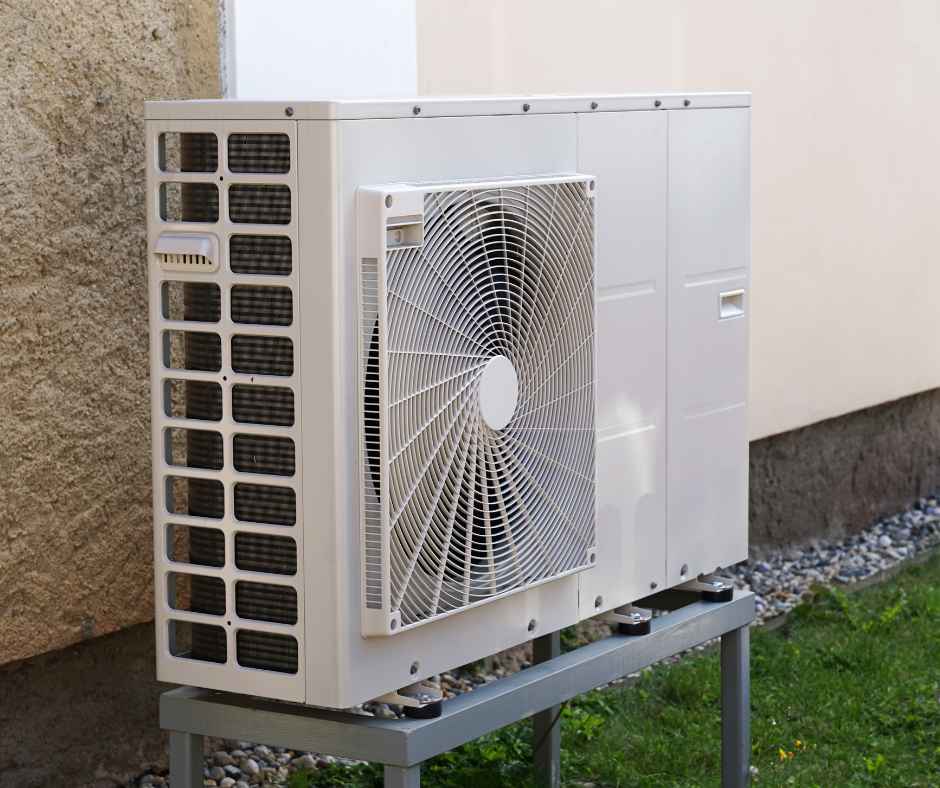
Tucson Homeowner’s Guide: Heat Pump Costs, Rebates & Savings in 2025

Do Dust & Pollen Force You to Upgrade Your Indoor Air Quality System?
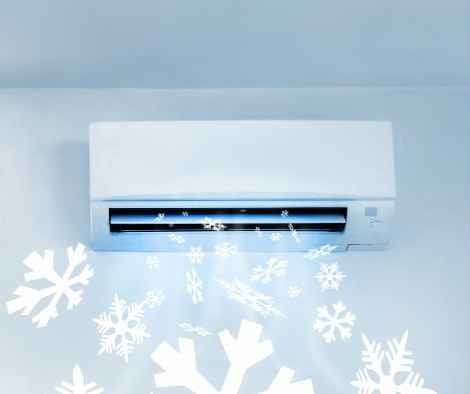
What Causes an Air Conditioner to Freeze Up?
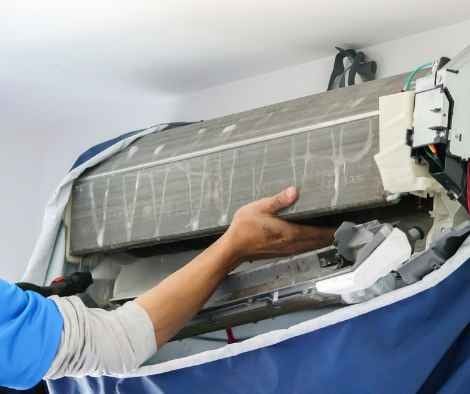
How to Clean Air Conditioner Coils
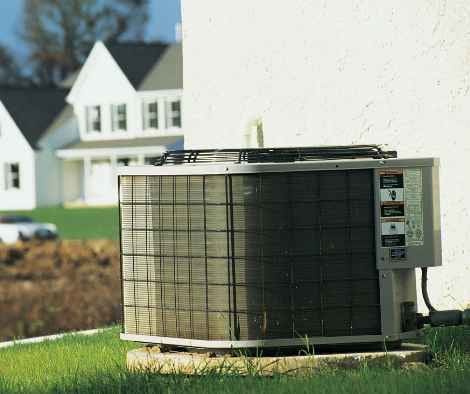
What Size Air Conditioner Do I Need?

Why Does My Air Conditioner Smell?
